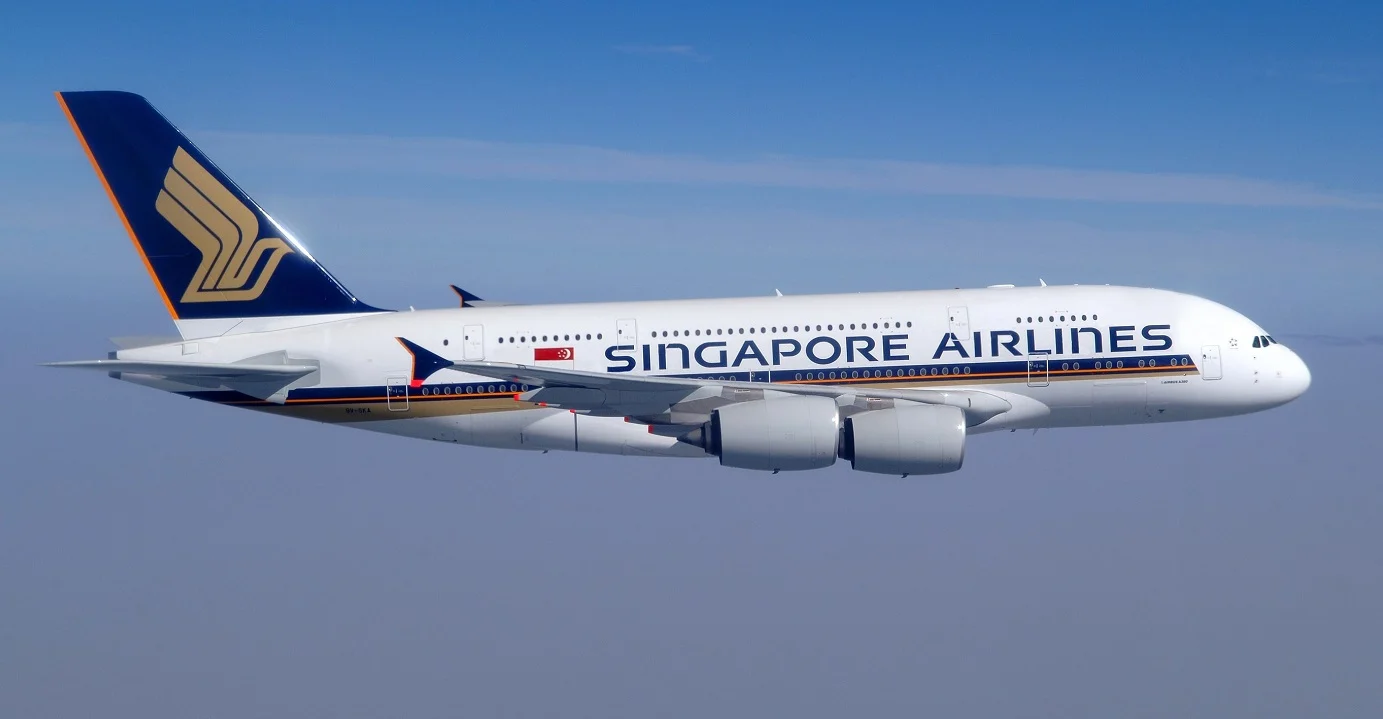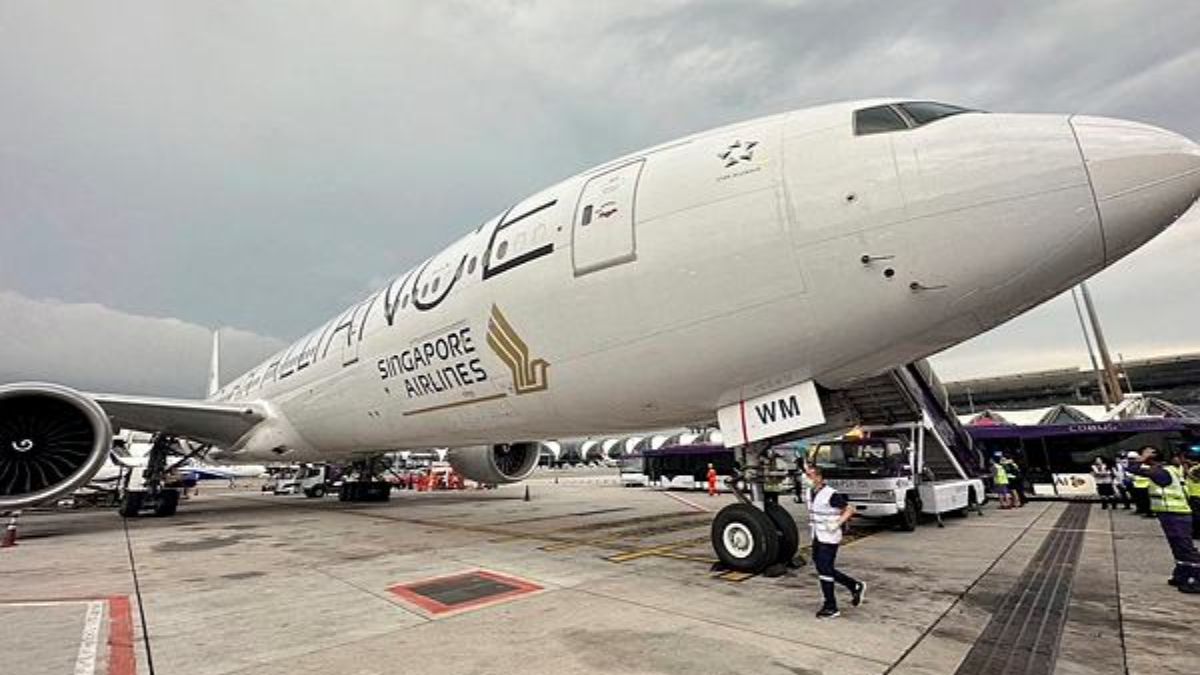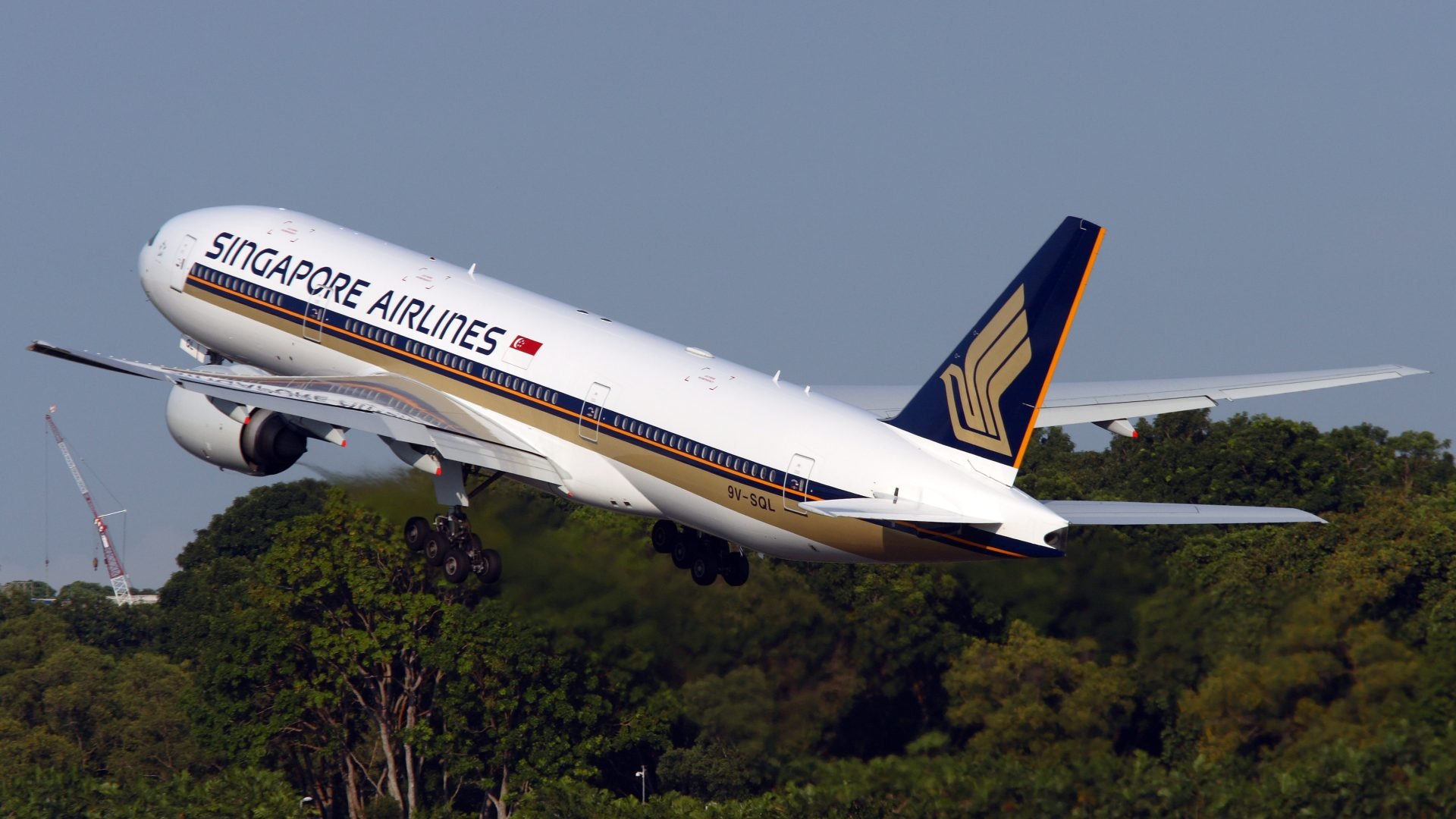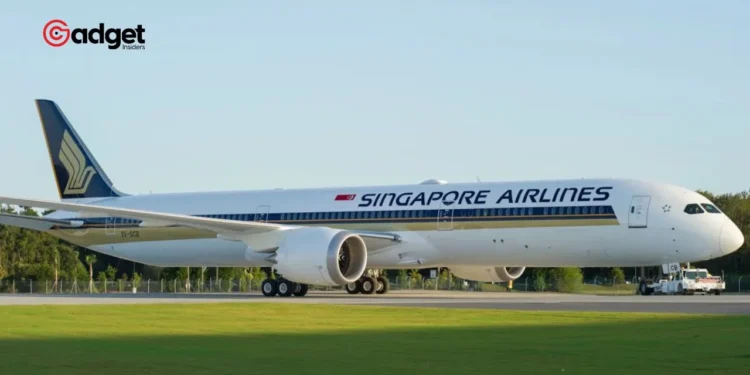In a recent development that has garnered global attention, Singapore Airlines has taken steps to address the aftermath of a severe turbulence incident on a flight from London to Singapore. The airline’s initiative to offer financial compensation to affected passengers highlights its commitment to passenger safety and corporate responsibility.
Unveiling the Compensation Scheme

During a tumultuous journey on flight SQ 321, passengers experienced terrifying moments when the aircraft was hit by severe turbulence over Myanmar. The ordeal led to injuries among the passengers and tragically, the death of a 73-year-old British passenger. In response, Singapore Airlines has announced a structured compensation plan, which has been detailed in a Facebook post by the airline.
According to the announcement, passengers who sustained minor injuries will receive a compensation of $10,000 (£7,800). Those with more severe injuries have been offered an advance payment of $25,000 to cover immediate needs, with the promise of further discussions to address individual circumstances. This proactive approach by Singapore Airlines is aimed at providing immediate financial assistance to those impacted, facilitating their recovery process.
The Turbulence Incident: A Detailed Look

The flight in question, SQ 321, encountered unexpected severe turbulence as it flew over Myanmar. The aircraft experienced a rapid series of ascents and descents, dropping approximately 178 feet (54 meters) in just 4.6 seconds. This sudden movement caused chaos inside the cabin, with passengers and crew members who were not buckled up hitting the cabin ceiling.
This incident led to the flight being diverted to Thailand, where over a hundred passengers were treated at a Bangkok hospital. The severity of the turbulence and the resultant injuries highlight the unpredictable nature of air travel and the critical importance of safety measures such as wearing seatbelts at all times during the flight.
Passenger Reactions and Ongoing Investigations
The response from passengers has been a mix of gratitude for the quick response by the airline and crew, coupled with concerns over the physical and psychological impacts of such a harrowing experience. Many have shared their personal stories on social media, describing the fear and chaos that ensued when the aircraft was jerked violently by the turbulence.
Simultaneously, early investigations into the incident have been initiated to ascertain the exact cause and to prevent future occurrences. These investigations are crucial for understanding the dynamics of the turbulence and for reinforcing safety protocols across the aviation industry.
Looking Ahead: Safety and Assurance

As the aviation community and passengers alike look for reassurances, Singapore Airlines’ commitment to compensating affected passengers is a significant step towards restoring trust. However, the broader implications for airline safety standards and protocols are now under scrutiny. The incident serves as a stark reminder of the need for rigorous safety measures and the importance of preparedness for handling emergency situations.
Learning from Singapore Airlines Turbulence Incident
In conclusion, while the compensation offered by Singapore Airlines is a commendable move towards addressing the immediate aftermath of the turbulence incident, it also opens up broader discussions about airline safety, the necessity for stringent adherence to protocols, and the need for continuous improvement in handling emergency situations. The aviation industry must take this incident as a learning opportunity to enhance passenger safety and trust in air travel.









